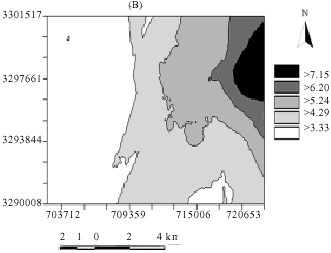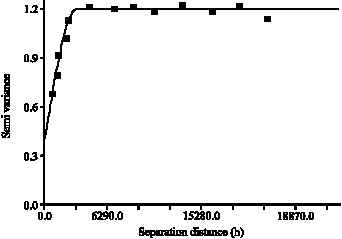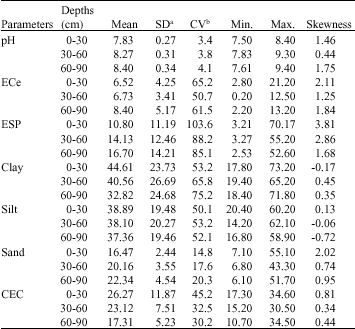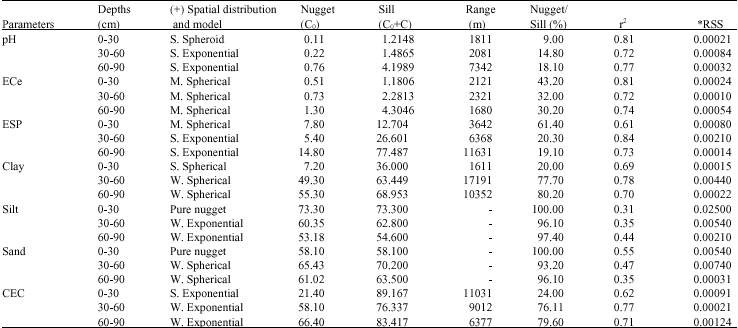Research Article
Assessment of Some Soil Properties by Spatial Variability in Saline and Sodic Soils in Arsanjan Plain, Southern Iran
Department of Soil Science, Shiraz University, Shiraz, Iran
Majid Baghernejad
Department of Soil Science, Shiraz University, Shiraz, Iran
Mehdi Emadi
Department of Geology, Shiraz University, Shiraz, Iran
Manouchehr Maftoun
Department of Soil Science, Shiraz University, Shiraz, Iran














